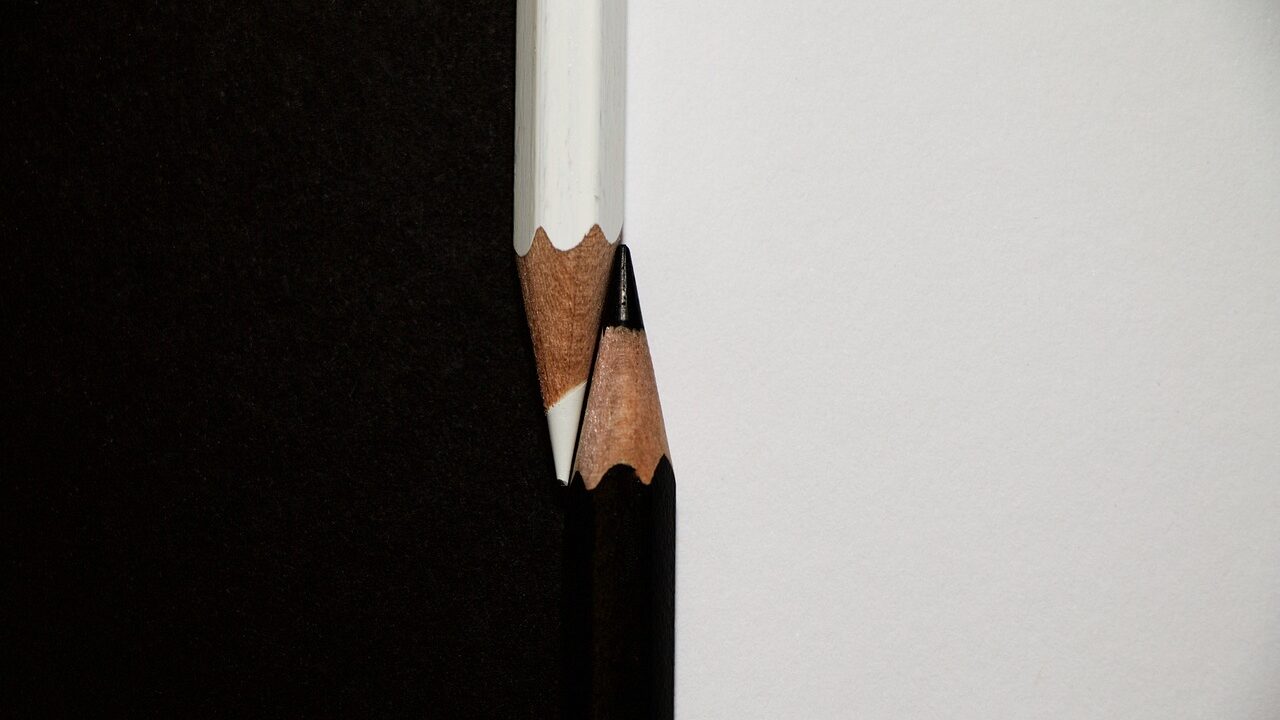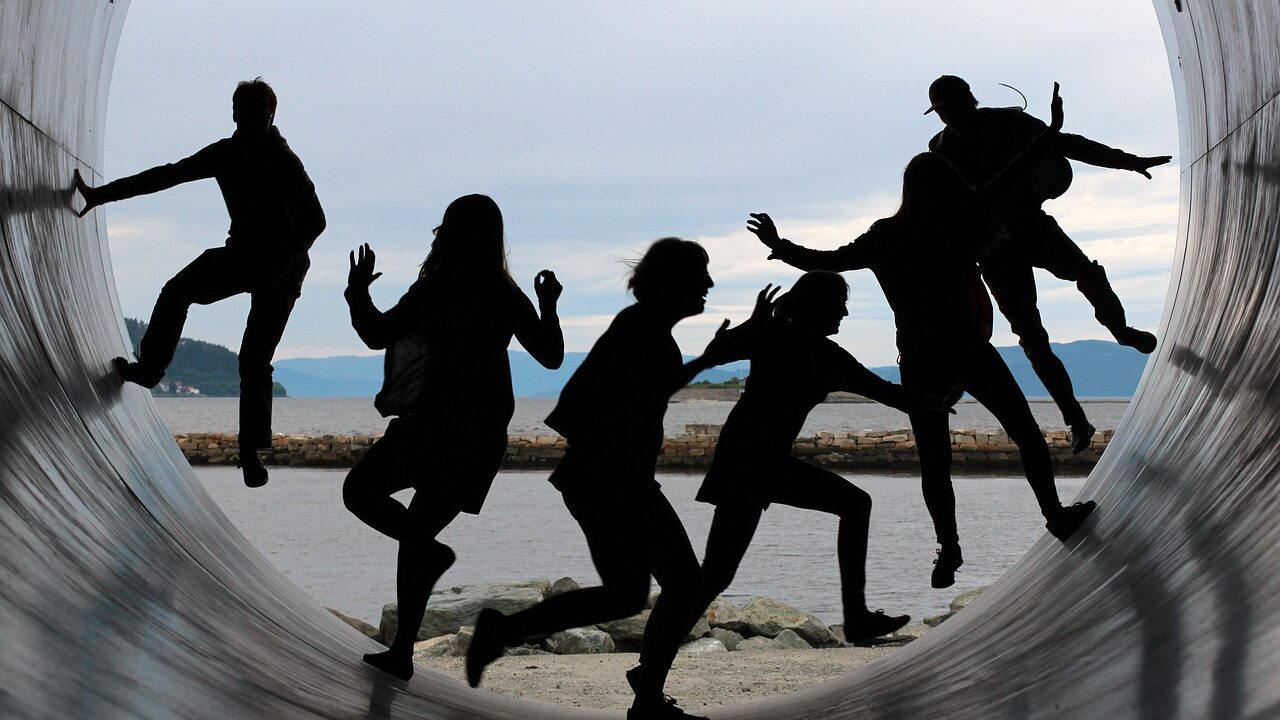Game models and ecological approaches
Q. What are the different processes for building a game model?
A. The process of building a game model can be divided into three main patterns. They are top-down processes, bottom-up processes and bilateral (a combination of top-down & bottom-up) processes.
Q. What is a top-down process?
A. A top-down process is one in which a highly concrete game model is built in a kind of one-sided way from the coach’s side and then given to the players. It is more likely to work in situations where there is a need to build a team in a short period of time and where the conditions are right to select players who fit the game model that has been built. In general, this method is often used in national or professional teams where a game model has to be built in a short period of time.
Q. What is a bottom-up process?
A. A bottom-up process is one in which the game model is built up spontaneously as the players actually play together in a team. Under conditions where players in a team can play together unchanged for a long period of time, self-organisation can develop within each player in a way that allows them to function as a team, and a flexible team can be built that can autonomously respond to possible ‘emergencies’ (situations that seem beyond the expected) in the game.
However, on the other hand, it is also possible that the self-organisation proceeds in a way that does not work as a team, and as a result the game model itself becomes dysfunctional and the team ends up not being able to win. In this game model building process, there is little or no active involvement from the coach.

Q. What is a bilateral process?
A. A bilateral process is, in conclusion, an application of the ecological approach. The coach only presents the player with a game model that serves as a constraint to create a functional and interactive cooperation between the player, the environment and the player. The game model presented in this case differs from the game model given in a top-down process, which is more abstract and serves as a guiding line of play.
More specifically, a game model given in a top-down process may refer to details of play (positioning, principles of play, quasi principles, etc.), whereas a game model given in an interactive process may refer to the direction and orientation of play, such as what to aim for in each phase of the game. In a game model presented in an interactive process, the player is given a direction or orientation, such as what to aim for in each phase of the game. The players can then self-organise under the given guiding lines of play (which can be described as a kind of constraint), while remaining functional as a team.
The relationship between self-organisation and the game model here can be described as interactive, as self-organisation within each player can lead to modifications of the game model initially presented to them. The relationship is very ecological. As a result of this process, the team is able to play functionally as a team, relying on a game model with a sense of direction and fit, and the self-organised players are able to deal flexibly with ‘emergencies’ that occur during the game.

Q. What are the key aspects of game model building when adopting the ecological approach?
A. As mentioned earlier, when building a game model using the ecological approach, it is an interactive process. The important thing is to make the level of abstraction of the game model ‘optimal’, so that the players can self-organise and the team can function. However, the ‘optimum’ depends on a variety of variables and is extremely difficult to find.
If the game model is too abstract and too constrained, no functional self-organisation is created in each player, only disorder as a team. On the other hand, if the game model is too concrete and over-constrained, the team is vulnerable to irregular situations that may occur during the game, or the team play becomes patterned and can easily be analysed and dealt with by the opposing team.
Again, it is critically important to adjust the optimal strength of constraints for the team, which is neither under-constrained nor over-constrained. The process of finding this optimum constraint strength is a long and highly complex one, which is why it is more of an art than a science element at the moment. Ultimately, it is up to the head coach of the team to continue to provide an objective, bird’s eye view of the optimum constrained training environment through trial and error in the course of day-to-day training.
The relationship between the head coach and the players is also important. The interactive process of building a game model requires, as the name suggests, ‘interactive communication’. However, it is important to emphasise that if the relationship between the head coach and the players is hierarchical or if there is a lack of good trust, then this process will not work at all.
The head coach will need to have appreciation, respect and sincere encouragement for the players. The players will need to have appreciation, respect and an insatiable passion for the sport and playing for the head coach. If the assumption is that both parties have all of these things, then this interactive process can work wonderfully and is worthwhile in itself.





